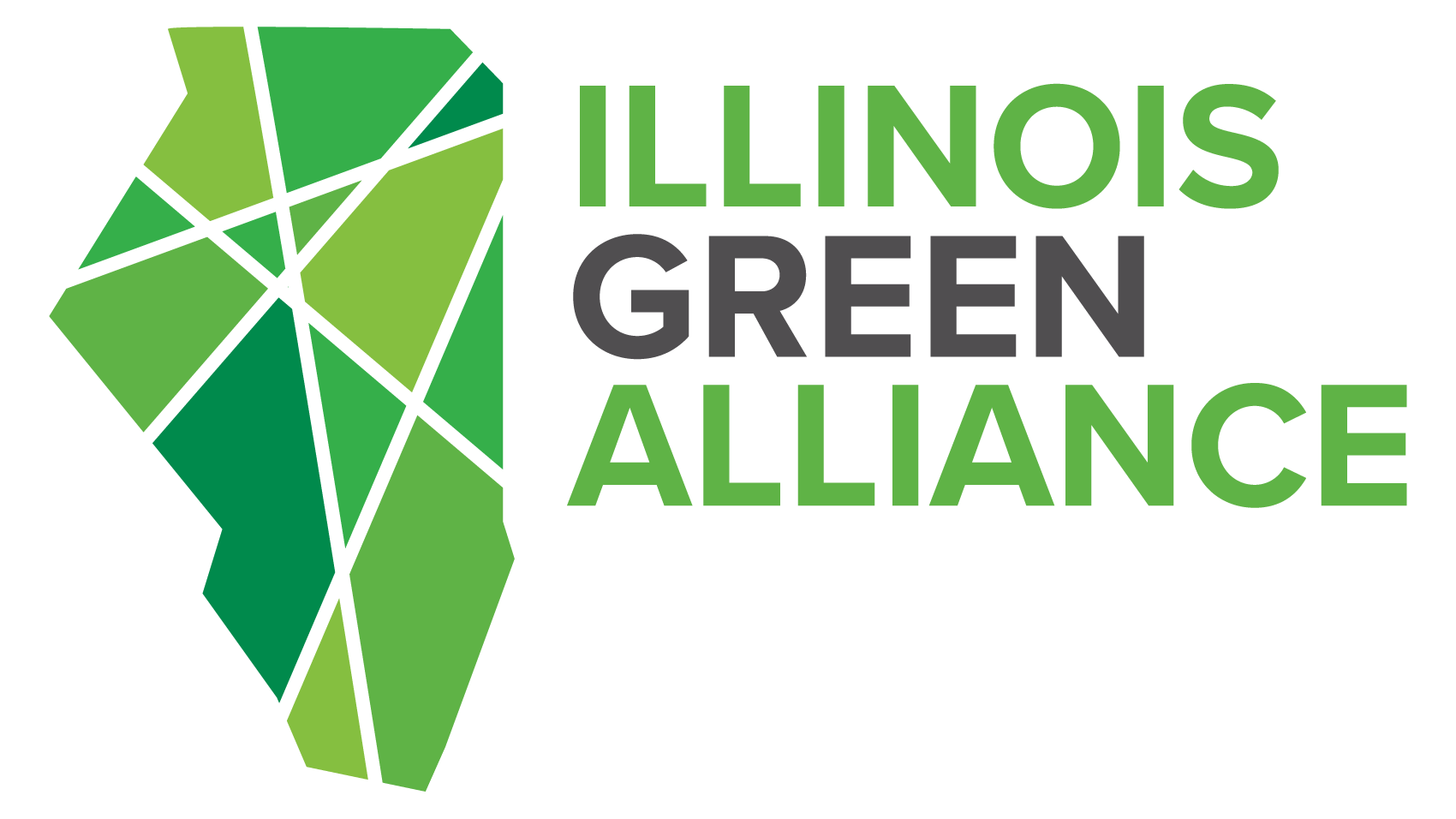The New Administration and Pushing Local Clean Building Policy Forward: 糖心传媒 November Policy Update
With a new federal administration comes significant changes to the landscape for clean energy, environment, and building policy over the next four years. Key Trump department nominees help provide a sense of the direction we can expect. for EPA Administrator, for Energy Secretary, and for Department of the Interior have set an agenda of that would significantly reduce the federal government’s ability to set policy, enforce regulation, and administer programs. rollbacks on and . Also (IRA), which still has billions yet to be spent on clean energy grants, energy efficiency rebates, and other sustainability programs.
With the table set, a complete rollback of climate legislation is not a foregone conclusion. In August, to Speaker Mike Johnson to oppose any repeal of the IRA, describing the law as beneficial for their districts. Still, government agencies are hedging their bets by before the new government takes shape. Though President Trump has more direct control over government agencies and administrative rules, there are still that will limit anti-climate action.
No matter what happens at the federal level, state and local action has become even more important in the fight against climate change and Illinois is a national leader on that front. Illinois reduced overall emissions by , which amounts to a 25% reduction and our progress on greenhouse gas reduction far exceeds the United States as a whole (15%).
From this, it is clear that strong statewide climate policies like the Climate and Equitable Jobs Act (CEJA) and Future Energy Jobs Act offer a clear path forward in the face of national uncertainty. These landmark pieces of legislation have created opportunities to push building decarbonization forward by funding clean job trainings, energy efficiency programs, and renewable energy grants. These initiatives are key as building-related emissions accounting for over and action in our industry is the key towards meeting climate goals.
With a foundation of ambitious environmental laws and the support of key policymakers in the state, there is optimism about Illinois’ progress towards its climate goals. Consider that there is still a magnitude of climate initiatives across the state still underway. Key CEJA programs like the stretch energy codes and clean workforce training centers are coming in the immediate future. The Illinois EPA will be rolling out its $430 million Climate Pollution Reduction Grant over the next two years—with $172 million of that dedicated to building decarbonization. The newly formed has obtained over $395 million in various funding sources to support a ranging from to clean building .
Keep in mind that those are just some of the current plans across the state. However, there is still plenty left to do. The same report that showed Illinois’ overall climate progress also found that building sector emissions have risen. Organizations across the state, including Illinois Green, are committed to continuing to reach net zero and will fight against any federal measures that damage that effort. Over the next few years, it is up to industry professionals and advocates to take up the fight, build upon the progress that we’ve made in our state, and make Illinois a national leader in net-zero.




